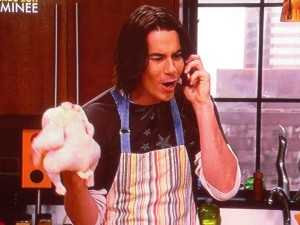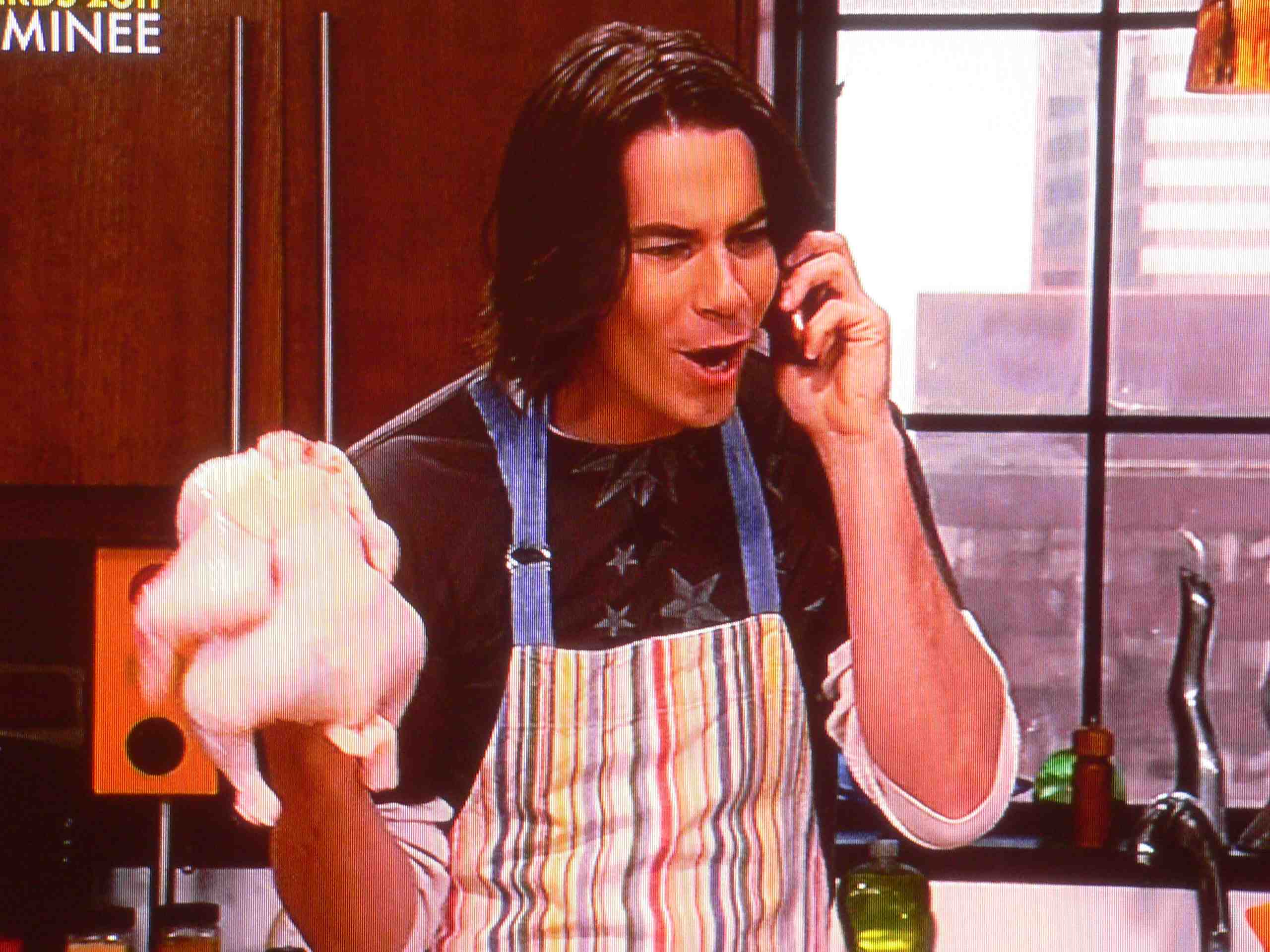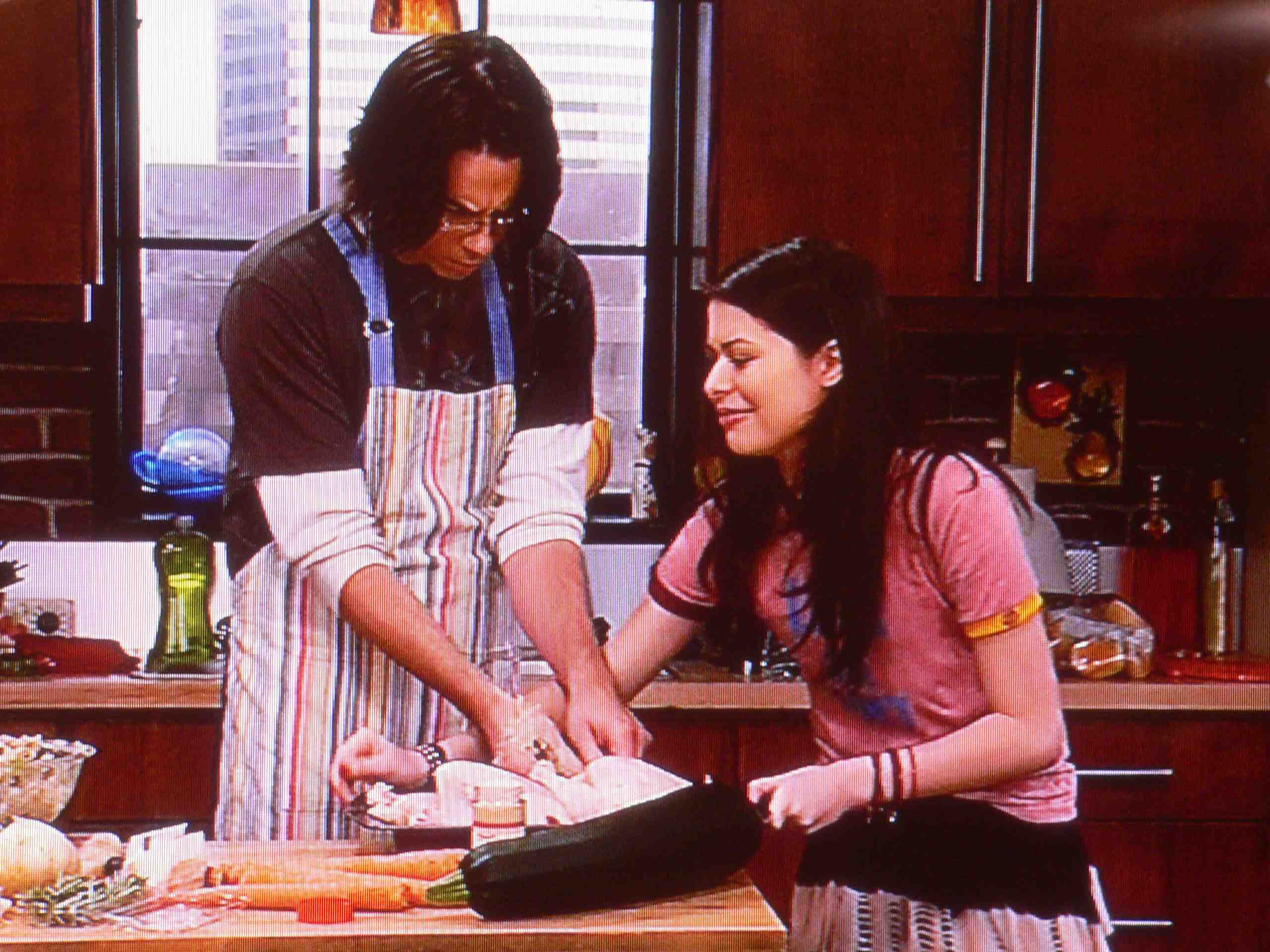Austrian researchers report on an observational trial of safe food handling behavior during food preparation using the example of Campylobacter spp.
 Journal of Food Protection®, Number 3, March 2013, pp. 376-551 , pp. 482-489(8)
Journal of Food Protection®, Number 3, March 2013, pp. 376-551 , pp. 482-489(8)
Hoelzl, C.; Mayerhofer, U.; Steininger, M.; Brüller, W.; Hofstädter, D.; Aldrian, U.
Campylobacter infections are one of the most prominent worldwide food-related diseases. The primary cause of these infections is reported to be improper food handling, in particular cross-contamination during domestic preparation of raw chicken products. In the present study, food handling behaviors in Austria were surveyed and monitored, with special emphasis on Campylobacter cross-contamination. Forty participants (25 mothers or fathers with at least one child ≤10 years of age and 15 elderly persons ≥60 years of age) were observed during the preparation of a chicken salad (chicken slices plus lettuce, tomato, and cucumber) using a direct structured observational scoring system. The raw chicken carcasses and the vegetable part of the salad were analyzed for Campylobacter. A questionnaire concerning knowledge, attitudes, and interests related to food safety issues was filled out by the participants. Only 57% of formerly identified important hygiene measures were used by the participants. Deficits were found in effective hand washing after contact with raw chicken meat, but proper changing and cleaning of the cutting board was noted. Campylobacter was present in 80% of raw chicken carcasses, albeit the contamination rate was generally lower than the limit of quantification (10 CFU/g). In the vegetable part of the prepared product, no Campylobacter was found. This finding could be due to the rather low Campylobacter  contamination rate in the raw materials and the participants’ use of some important food handling behaviors to prevent cross-contamination. However, if the initial contamination had been higher, the monitored deficits in safe food handling could lead to quantifiable risks, as indicated in other published studies. The results of the observational trial and the questionnaire indicated knowledge gaps in the food safety sector, suggesting that further education of the population is needed to prevent the onset of foodborne diseases.
contamination rate in the raw materials and the participants’ use of some important food handling behaviors to prevent cross-contamination. However, if the initial contamination had been higher, the monitored deficits in safe food handling could lead to quantifiable risks, as indicated in other published studies. The results of the observational trial and the questionnaire indicated knowledge gaps in the food safety sector, suggesting that further education of the population is needed to prevent the onset of foodborne diseases.

 throughout their kitchen. I recorded the show and changed the channel (the best thing about Central time is hockey games start at 6 p.m.).
throughout their kitchen. I recorded the show and changed the channel (the best thing about Central time is hockey games start at 6 p.m.).

